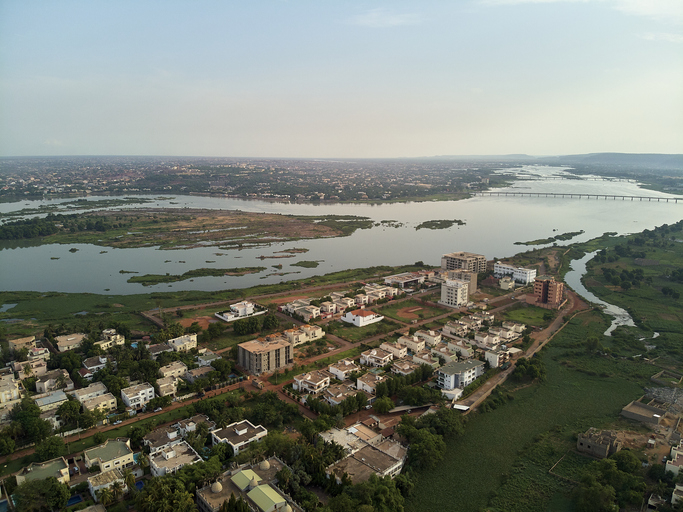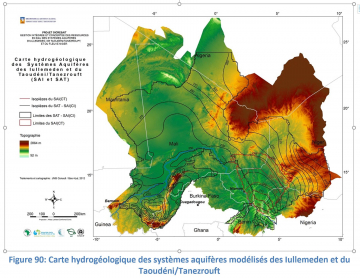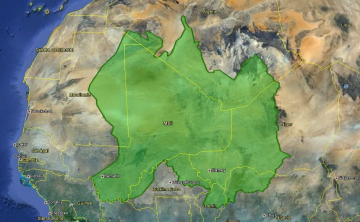
IWRM program for Lullemeden - Taoudeni/Tanezrouft Aquifer Systems
- International
- Projects
- IWRM program for Lullemeden - Taoudeni/Tanezrouft Aquifer Systems
Integrated Water Resource Management for the Iullemeden (SAI), Taoudeni/Tanezrouft (SAT) Aquifer Systems and the Niger river
The Iullemeden (SAI) and Taoudeni/Tanezrouft (SAT) aquifer systems globally cover a surface area of 2.5 million km² and extend to seven African countries (Benon, Burkina Faso, Mali, Mauritania, Niger, Nigeria and Algeria). The ground water from these aquifers are the main resource for the populations of the six countries in question. In one part of the SAI, water resources are overused. As for the Taoudeni/Tanezrouft (SAT) aquifer system, it is less well known and had not been the subject of a general study. The Sahara and Sahel Observatory (OSS) received a donation from the African Development Bank to launch the study in order to improve water resource assessments, cross-border risk management, and to set up a framework to discuss the shared water resources in the vast area.

